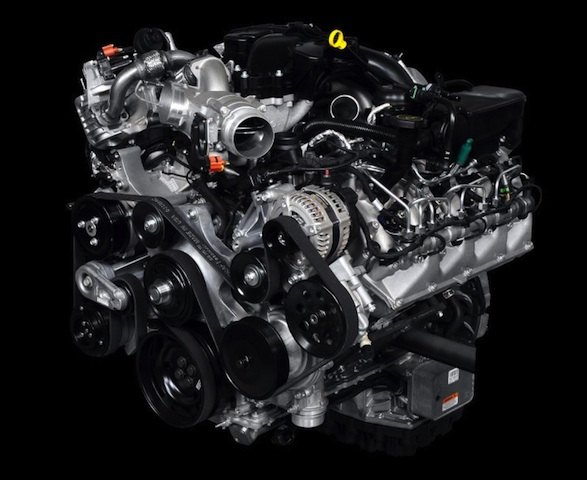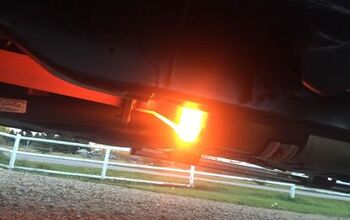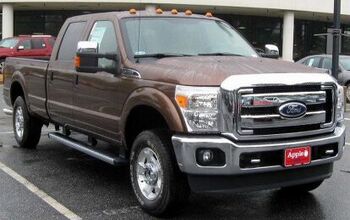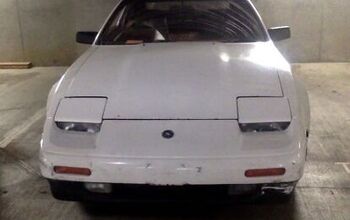2 Views
Ford Completes In-House Super Duty Diesel

by
John Horner
(IC: employee)
Published: September 1st, 2009
Share
The long Ford-Navistar diesel engine drama has played out its final days and the replacement engine is finally officially in existence. Given the troubles—contractual and otherwise—with the outgoing Navistar-sourced engine, Ford is quite eager for everyone to know the new 6.7-liter Power Stroke engine is “Ford-engineered, Ford-tested and Ford-manufactured”. Buried amongst the PR gems in the release is this nugget: “On turbocharger service, for example, the body/cab no longer has to be removed from the frame to access the turbo.” Wow, that means you have to remove the truck body to repair the turbocharger on the current engine. Ouch.

John Horner
More by John Horner
Published September 1st, 2009 10:53 AM


































Comments
Join the conversation
Adding somewhat to what Scott.A alludes to: A few years ago I worked with an engineer who was a heavy truck engineer with International in Texas during early development of the PowerStroke 6.0L. He had chance to wander by labs doing load testing on numerous engines simultaneously. He got just enough of the dirt on the 6.0L to spread the word around before Ford launched the engine into production that nobody should buy one. Sure enough, quality problems and rumors of quality problems ensued. I wish I could recall some more of the details that he had actually heard but it was too inconsequential at the time (only recently would I even consider Ford anything anyway). What I do recall was problems with the fuel system and injector style. Problems that Int'l knew about and tried to address were stifled by Ford who would not allow fundamental approach changes to the type or control of injectors nor would they concede on cost-sensitive aspects of the problem parts. Kinda like Ford said "we know there are problems, now fix them without changing anything."